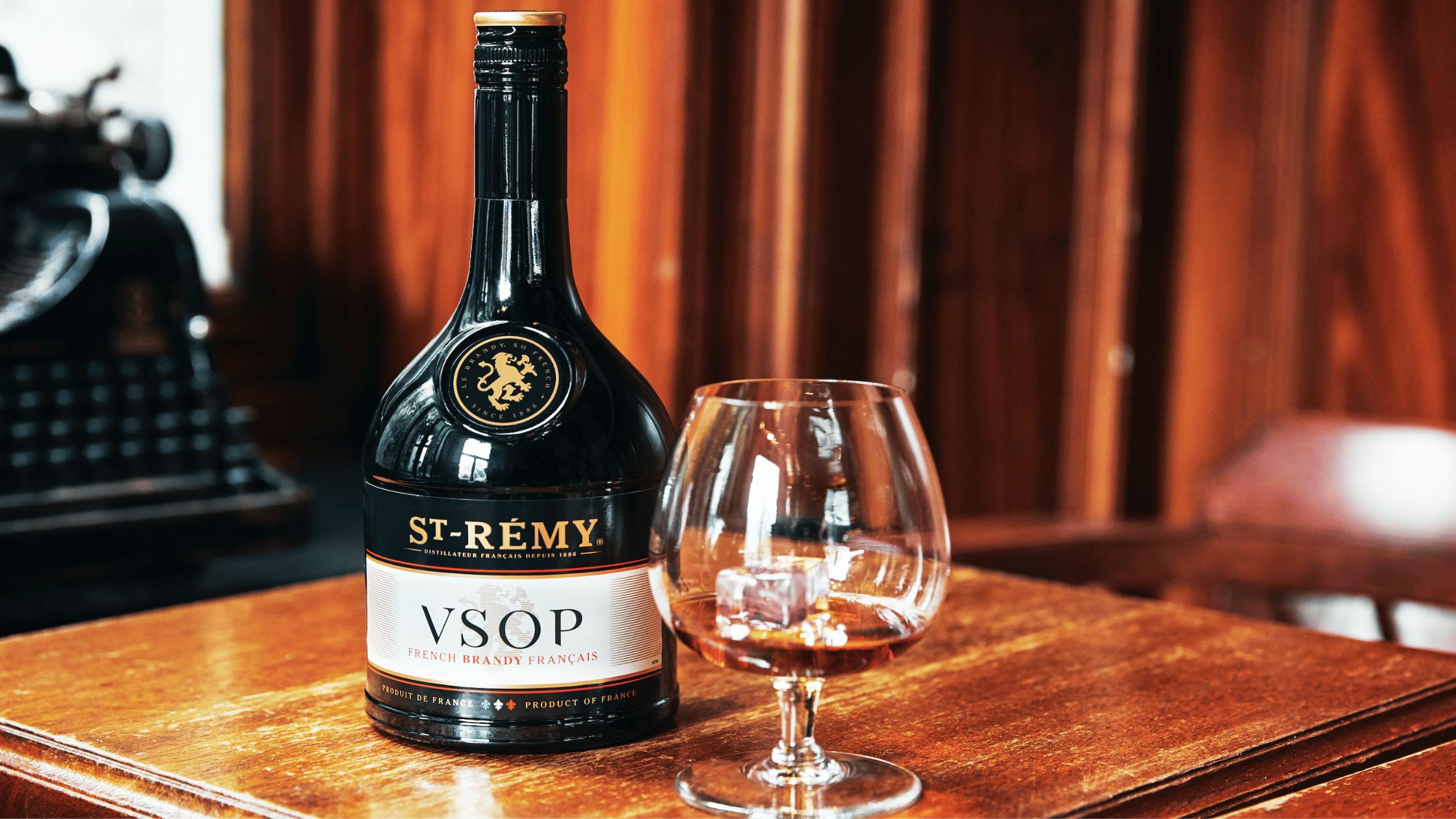History of Whisky: From Monastic Roots to Global Fame
2025-06-03


Brandy has long been considered one of the world's most respected aged spirits--a drink that blends craftsmanship, time, and tradition uniquely in every bottle. At its most basic definition, brandy is a spirit distilled from wine or other fermented fruit juices. But interestingly, unlike many neutral spirits like vodka, brandy prioritizes complex flavors, nuanced depth and remarkable character. Much of that character comes not grain or neutral spirit, it comes from aging.
This is where the brandy grades and age statements come into play. If you have ever seen the strange acronyms on a bottle, VS, VSOP, XO, you are looking at the traditional system that indicates how long the brandy has been matured. These age classifications function as a glossary for spirits, hinting to consumers what they might expect in terms of nuance, smoothness, and price. For both experienced connoisseurs and new consumers in the world of aged spirits, understanding what these grades mean are the keys to purchasing wisely.
VSOP is probably the most recognized designation of the many different types of brandy produced. The term literally means "Very Superior Old Pale." You might think this is a term coined for marketing purposes, but this designation has historical significance.
In 1817, King George IV requested a "Very Superior Old Pale" Cognac from the house of Hennessy, which was already a national Cognac exporter at the time. It caught on, and the term VSOP was firmly established as a quality marker not only for Hennessy but for all Cognac.
You might also see slight variations like V.S.O.P., "Reserve," or "Old Pale," but they all refer to the same idea: a Cognac or brandy that has matured several years - just enough to get balance of flavor and smoothness - and is also clearly designated. At the present time, the term is in official French standards, but it has spread far beyond Cognac to brandy producers all around the world.
So, what is it that characterizes a VSOP brandy, as opposed to other grades? The secret is the number of years it was in an oak cask. A Cognac VSOP is required by law to be aged for a minimum of four years. However, many producers will hold their blends in cask for far longer than that before bottling it. During this time an amazing transformation happens.
The young alcohol starts to lose its sharp edges. The oak barrels contribute notes of vanilla, caramel, and spice and through the natural oxidation and changes deep aromas of dried fruit, nuts, and sometimes tobacco will develop.
To put it in perspective:
This comparison, XO vs VSOP vs VS, illustrates how age directly influences brandy quality. But older isn’t always automatically “better.” As we’ll explore later, much depends on balance and how the brandy will be enjoyed.
The term VSOP was born in Cognac, but today it has spread far beyond.
This means that while a Cognac VSOP always carries a guarantee of quality, a VSOP brandy from elsewhere might vary depending on local rules. Still, the global adoption of the term shows just how influential this historical label has become in the world of liquor grades.
With so many bottles on the shelf, how do you choose the best brandy for your taste?
Some of the most famous VSOP Cognac brands include:
When tasting a VSOP, expect a profile that sits comfortably between youthful brightness and mature complexity: ripe stone fruits, vanilla, toasted oak, sometimes with hints of cinnamon or nutmeg. The texture tends to be rounder and smoother than a VS, but not as heavy as an XO.
Ultimately, how you drink it comes down to preference. The important thing is to savor the craftsmanship that went into it.
When it comes to spirits, VSOP brandy is a unique case. VSOP reflects history and craft, spanning from King George IV’s request for special brandy, to the examples of industry regulations from Cognac houses today.
Most importantly, VSOP provides those looking to drink brandy with a reasonable opportunity to experience quality brandy, something that has matured to have both smoothness and complexity, but is not so daunting (or expensive) as XO.
To many, VSOP embodies tradition, balance, and versatility. Whether neat, over ice, or in a cocktail, understanding what Very Superior Old Pale stands for allows you to truly appreciate the Spirit with more detail—and ideally, you'll have better options in the future.
So next time you're studying the shelves, don't forget that VSOP! More than just an acronym, it's a promise of quality and heritage in your glass.
Read Also: What Is the Difference Between Natural Wine and Conventional Wine?